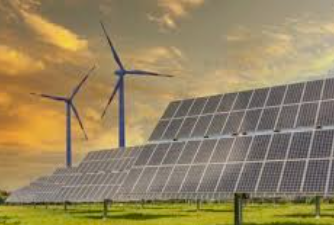When the surface of a work piece is subjected to forces because of machining actions, chemical attacks or thermal and other stresses, damage, erosion on the surface, i.e. wear, occurs. Over time, components inevitably wear out as a result. This undesirable phenomenon can only be mitigated or prevented by effective wear protection.
Wear protection coating (thin layers of specific materials) can be used to change the characteristics or design of metal or plastic parts. For example, protected workpieces can be used for faster drilling and milling. Thus results in an extension of service life and thus high economic benefit.
In our webinar we want to show the coater of the components, i.e. the plant operators, how to get the best coating result for his application. Vacuum is required for this purpose to be able to carry out this process at all.
Why we need vacuum:
- The gas pressure in the process chamber must be so low (vacuum) that the target atoms reach the substrate without colliding with gas particles. Otherwise there will be no or just less deposition of the substrate.
- The right atmosphere is needed. Realization of maximum uptime through the selection of the appropriate vacuum technology to the process flow (vacuum + temperature) to ensure that the substrate will reach and stick on the target.
- To eliminate particles in the process that the coating is not affected by other substances.
The vacuum application is thus the heart of the coating system. An optimally designed vacuum system contributes to the fact that maximum batches can be run, that the process is redundant and that the maintenance of the individual components is at a minimum.
Key Learning Objectives
- Realization of maximum uptime through the selection of the appropriate vacuum technology to the process flow
- Impact of utilities and accessories on the quality of the process
- Effects and prevention of leakages on the equipment
- Identification of safety and quality relevant factors in the process and plant design



